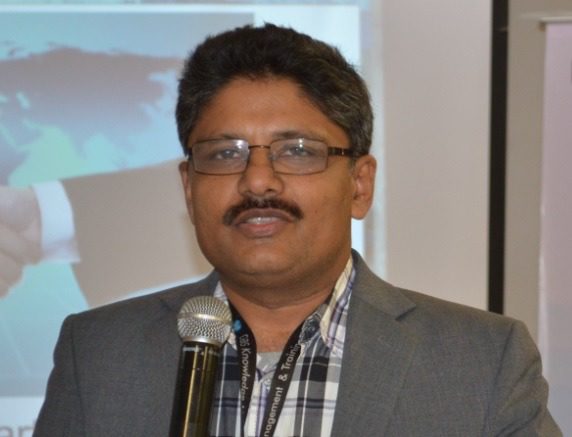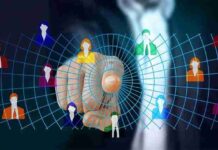Technology is driving both transformational as well as disruptive changes in the industry today. Agile and lean organizations which have been able to adopt new technology and new business models at a fast pace to create more value for their customers, suppliers and workforce have flourished. Organizations which have shown laxity in adapting have perished. Organizations are made up of their workforce. Organizations can become agile only if their workforce is agile too. Employees in organizations need to brace up to face the challenge posed by disruption. Moreover, automation and robotics are also eliminating thousands of jobs and rendering millions in the workforce jobless.
In these challenging times, HR function has to play a crucial role in helping organizations and their workforce navigate through the maze. But while expectations from HR have sky-rocketed, is HR itself ready to embrace the change?
What do the HR leaders need to do differently? Well, here are five actions I recommend every HR practitioner to take up-
- Wear Multiple Hats
In the past, the HR practitioner merely played the role of a policy maker and enforcer. Today the role has expanded. As an HR practitioner, she is now expected to wear multiple hats. She needs to be a Brand Ambassador of her organization so that she can attract and retain talent to her organization. She needs to be a Business Strategist so that she can align HR interventions to organizational priorities. She needs to be a functional expert in emerging technologies so that she can leverage the right technology to make their workforce more productive and their people processes more effective, efficient and seamless. She needs to be a Design Thinker and use design thinking effectively to solve people related problems. She then as a Culture Shaper determines the values, behaviours, practices, processes, systems etc. the organizations needs to have in place in alignment with the organization’s vision. As an HR Analyst she needs to leverage analytics to take well informed data driven smart decisions leading to improved productivity, improved ROI, increased revenue, cost reduction etc.
- Facilitator of Interactions
In the knowledge economy, Knowledge is dynamic and critical to an organization’s success. Employees need to keep upgrading their knowledge all the time. HR practitioners, themselves cannot cater to this dynamic need of their workforce. But what they can do is build an eco-system and create context where employees can discover who to collaborate with in order to gain knowledge and develop capabilities. The eco-system must include all relevant people, processes and tools to drive collaborative learning in the organization. Social, informal and community based learning would become key elements of this eco-system. HR leaders need to take on the responsibility of facilitating interactions among employees and ensure that these interactions become intrinsic to the way their organization functions.
- Help employees focus on Fundamental Skills
Technology is changing everything today. New technology is replacing old ones. This is leading people to upskill, cross-skill and reskills themselves all the time. Today, most professionals need to upgrade their skills every 12-18 months. In my view, HR and L&D functions, instead of worrying too much about the everchanging technologies and the need to develop corresponding skill-set in people, should switch over their focus to skillset that would always remain relevant. Skills like problem solving, innovation and creativity, leading people etc. would always be in high demand. We are not sure about which technology or business model would emerge in near future. However, we can be reasonably sure that people would always need to develop capability to solve business problems, innovate and create new products and solutions, negotiate and influence and work effectively with other people.
- Develop Mentors
By 2020 majority of the workforce would be millennials. We are aware that millennials are smart, ambitious, highly competitive and tech-savvy. They would not need spoon-feeding or continuous hand-holding. What they would need from the organization is a guide or mentor who can provoke them into thinking, challenge them to move out of their comfort zones, share feedback with them on regular basis on how they are progressing and so on. In other words, a mentor or coach can bring out the best in them. HR leaders need to create and develop mentors and coaches in the organization. They should help supervisors and managers in the organization become better mentors to their people.
- Build Communities
Building communities means creating new possibilities. It is not enough to develop and grow individuals. HR Leaders need to build and grow communities as well. Business or Social organizations which have communities for a cause progress a great deal. When people come together as part of a community with a shared vision, their ability to produce spectacular outcomes increase exponentially. HR Leaders in our business and social ecosystems need to foster emergence and growth of communities. When we build communities, we in fact create unlimited possibilities.
In the aforesaid ways, HR practitioners can make a difference both to the organization and its workforce.
By- Surya Prakash Mohapatra, Global Head- Talent Transformation at Wipro BPS









